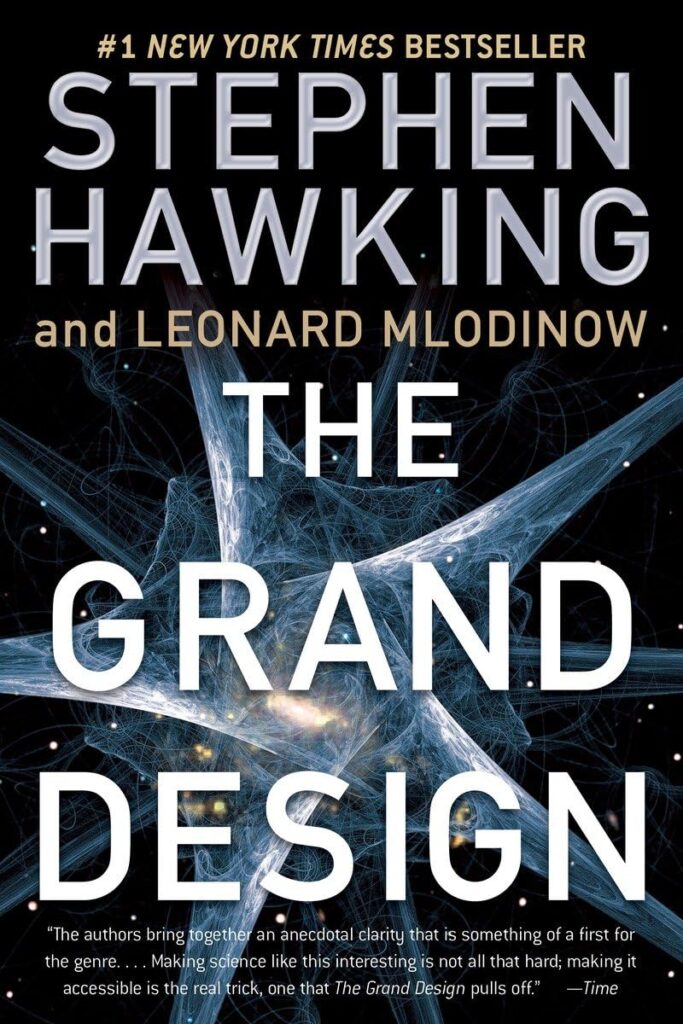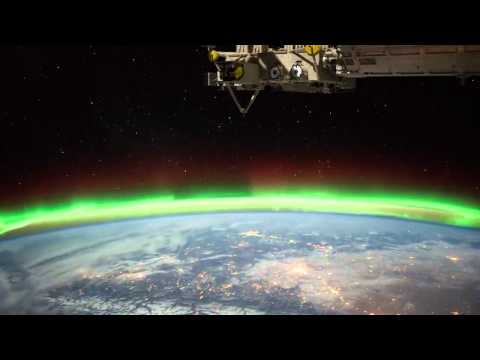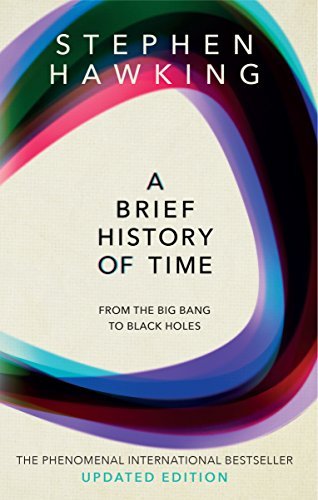Discovering the Origins of the Universe: Astronomers Make Startling Breakthrough
Astronomers have long been fascinated by the origins of the universe, and now a team of researchers has made a startling breakthrough in understanding how it all began. Using cutting-edge technology and data gathered from telescopes around the world, the team has uncovered new evidence that sheds light on the earliest moments of the universe.
The prevailing theory of the origins of the universe is the Big Bang theory, which posits that the universe was born from a singularity – a point of infinite density and temperature – around 13.8 billion years ago. This theory has been supported by a wealth of observational evidence, such as the cosmic microwave background radiation and the distribution of galaxies in the universe.
However, there are still many unanswered questions about what happened in the first few moments after the Big Bang. In particular, scientists have been puzzled by the so-called “dark ages” – a period of time when the universe was filled with neutral hydrogen gas and no stars had yet formed.
The team of astronomers, led by Dr. Sarah Johnson of the University of Cambridge, set out to investigate this mysterious period by studying the faint radio signals emitted by neutral hydrogen gas. By analyzing the intensity and distribution of these signals, the team was able to create a detailed map of the dark ages and gain new insights into the early universe.
Their findings, published in the journal Nature Astronomy, reveal that the dark ages were not as dark as previously thought. The team discovered that there were small pockets of ionized gas scattered throughout the universe, which may have been created by the intense radiation emitted by the first stars and galaxies.
This discovery challenges the traditional view of the dark ages as a period of complete darkness and suggests that the early universe was much more dynamic and complex than previously believed. It also provides new clues about how the first stars and galaxies formed and began to illuminate the cosmos.
Dr. Johnson and her team are now planning to expand their research and continue exploring the origins of the universe. By studying the faint signals from the dark ages, they hope to uncover even more secrets about the early universe and gain a deeper understanding of how it all began.
This groundbreaking research represents a major step forward in our quest to unravel the mysteries of the universe. By peering back in time to the earliest moments of creation, astronomers are getting closer to unlocking the secrets of our cosmic origins and gaining a clearer picture of the incredible journey that has brought us to where we are today.













